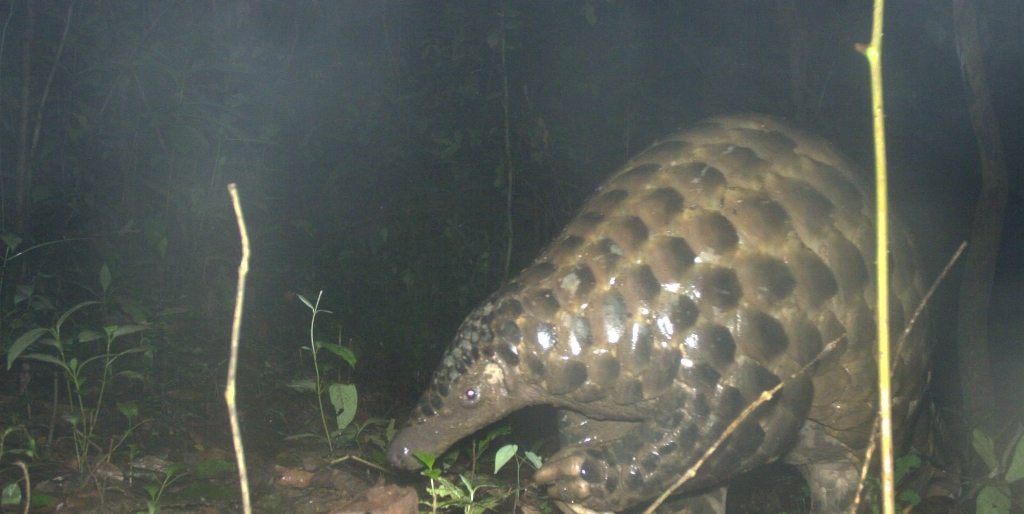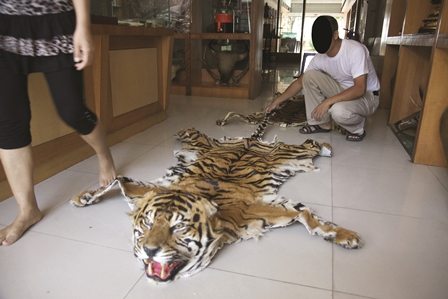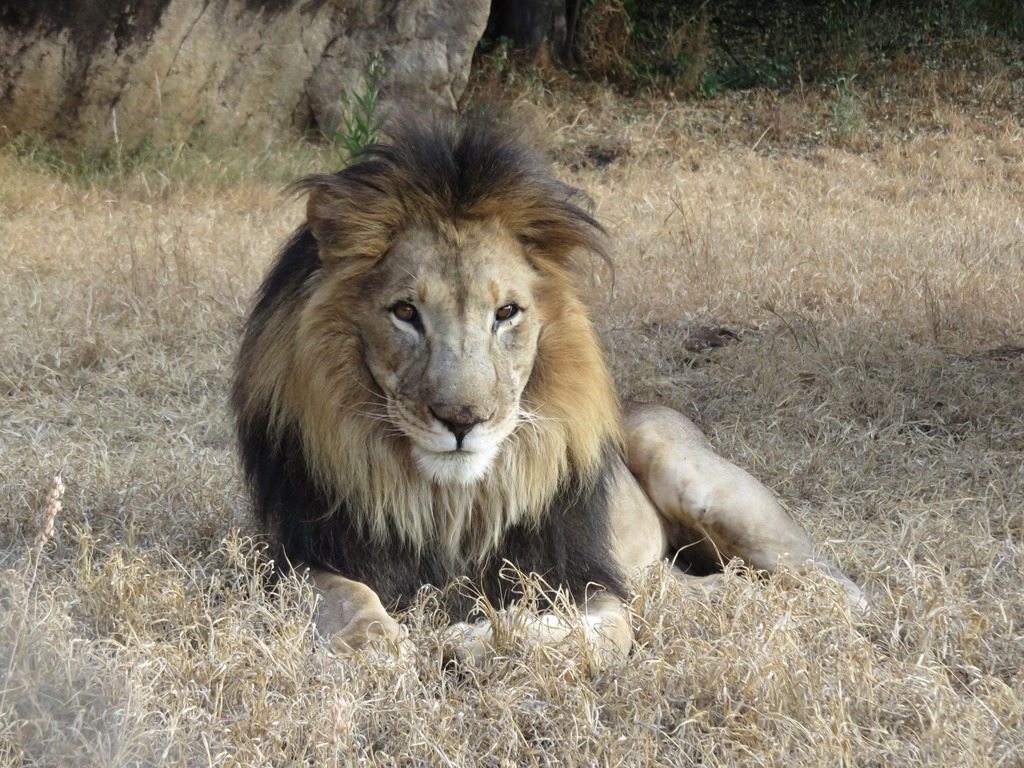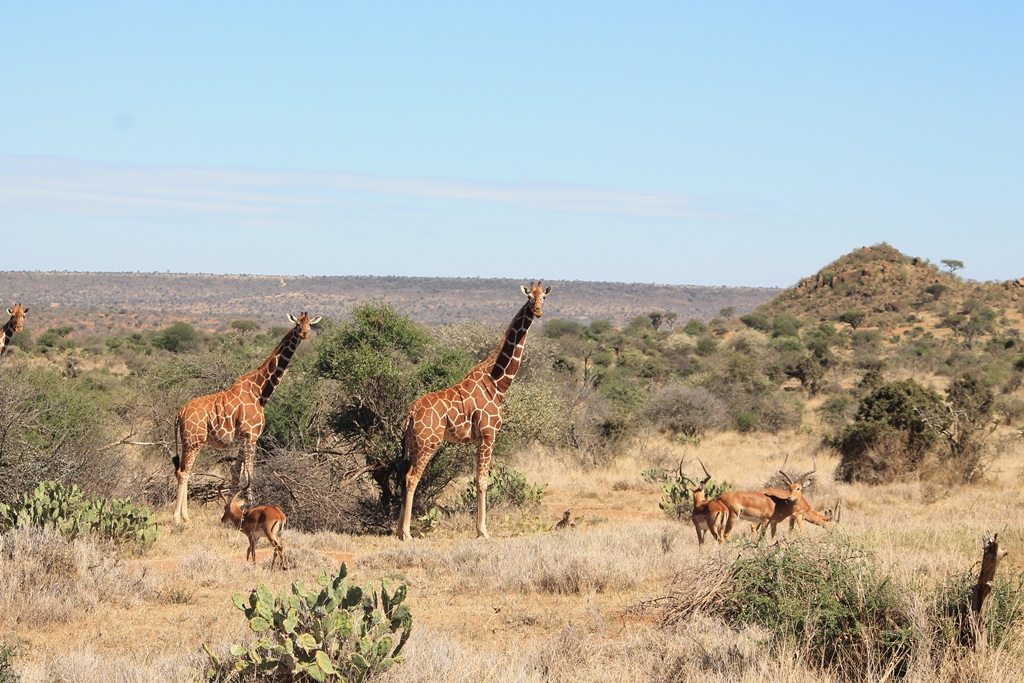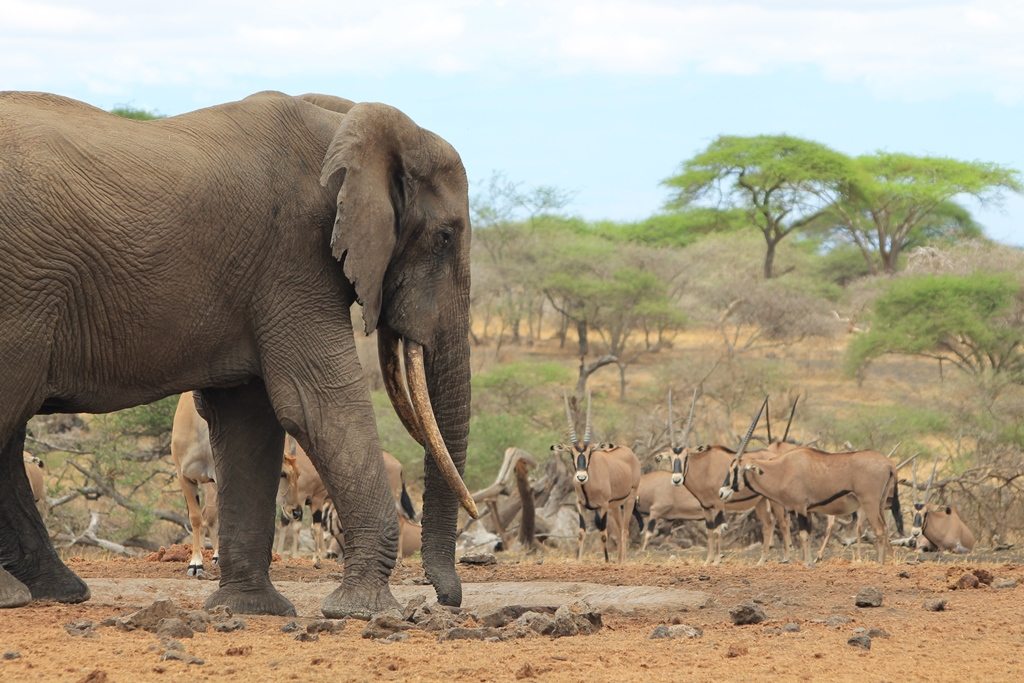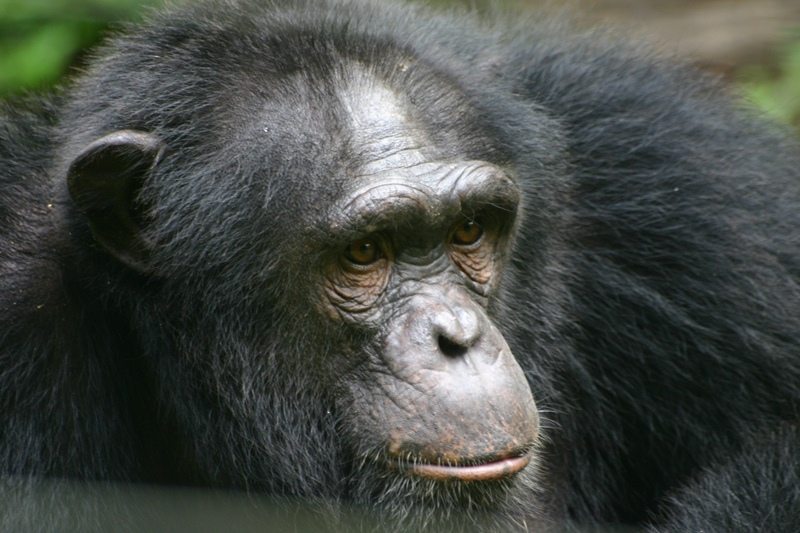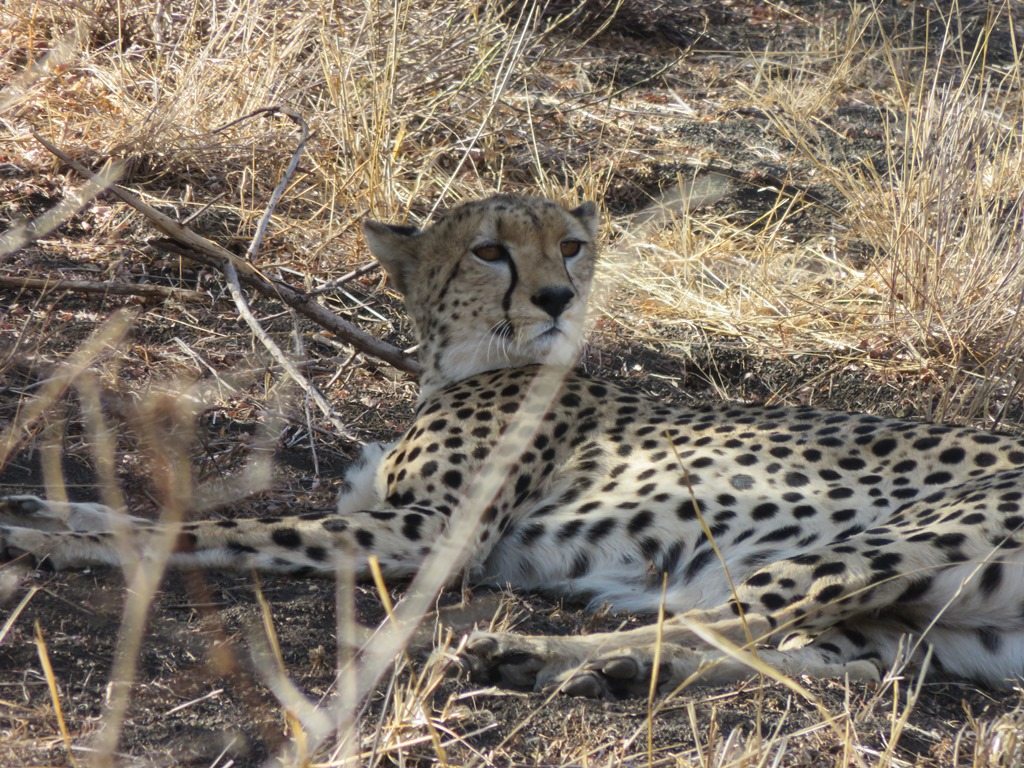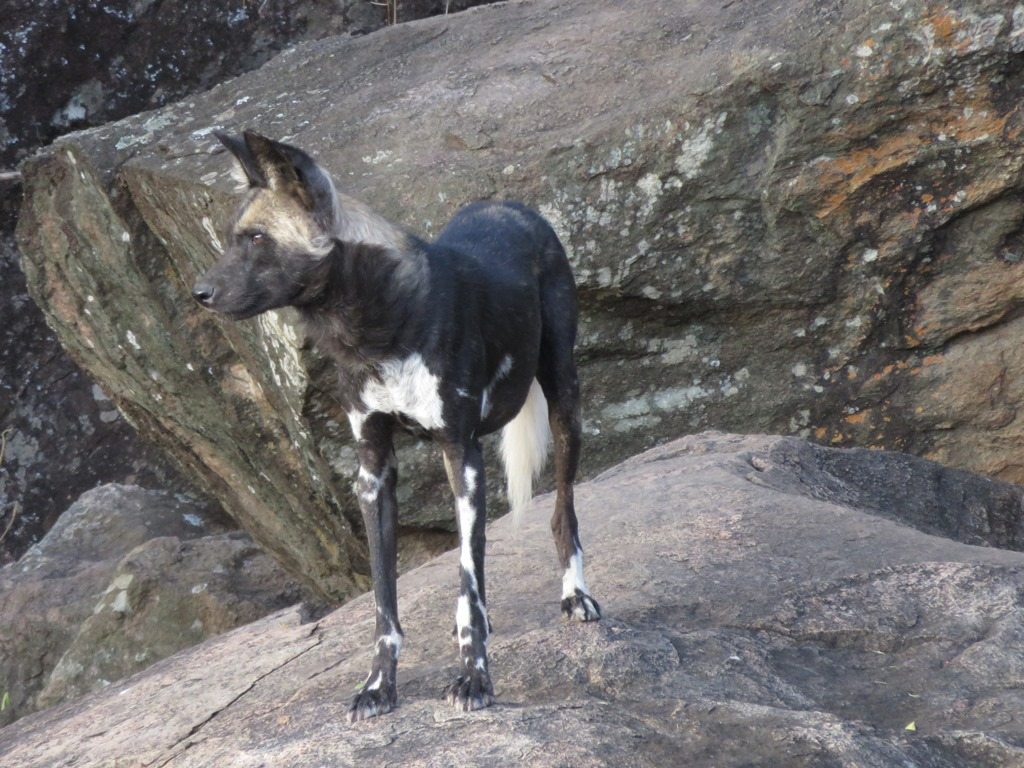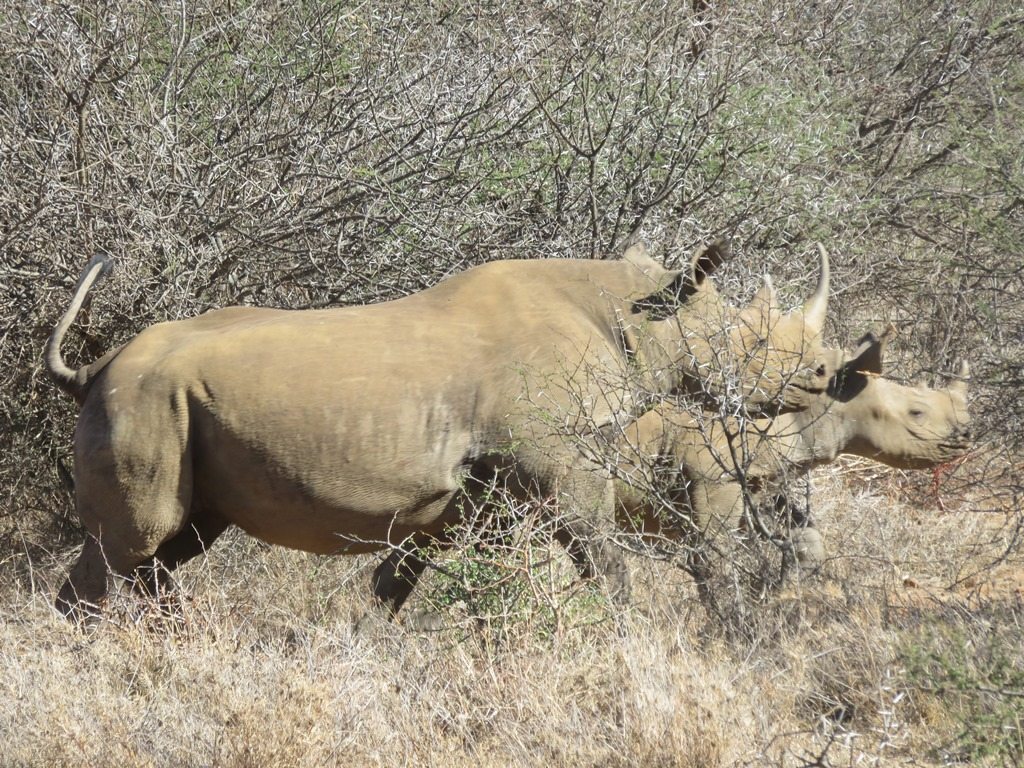There are even fewer places that can boast the enormous amount of biodiversity found on the continent. Africa is home to one quarter of the world’s mammal species, one fifth of the world’s bird species and supports over 950 species of amphibians. The African mainland also harbours between 40,000 to 60,000 species of plants!
It’s also home to many of the world’s most well-known and endangered species, like black rhinos, elephants, lions, painted dogs, gorillas, crowned cranes, chimpanzees, giraffe, okapi, cheetah and bongo, to name but a few!
On top of this impressive list of species, Africa is also of huge global important for climate regulation, harbouring the second largest rainforest in the world; the Congo.
Sadly, African biodiversity and its beautiful wilderness are under immense threat. High levels of poverty, a rapidly growing human population and an economy based primarily on natural resource exploitation are having devastating effect on biodiversity across the entire continent, destroying habitats for logging, mining and agriculture, targeting wildlife for bushmeat and the illegal global trade in live wildlife and body parts such as ivory and rhino horn.
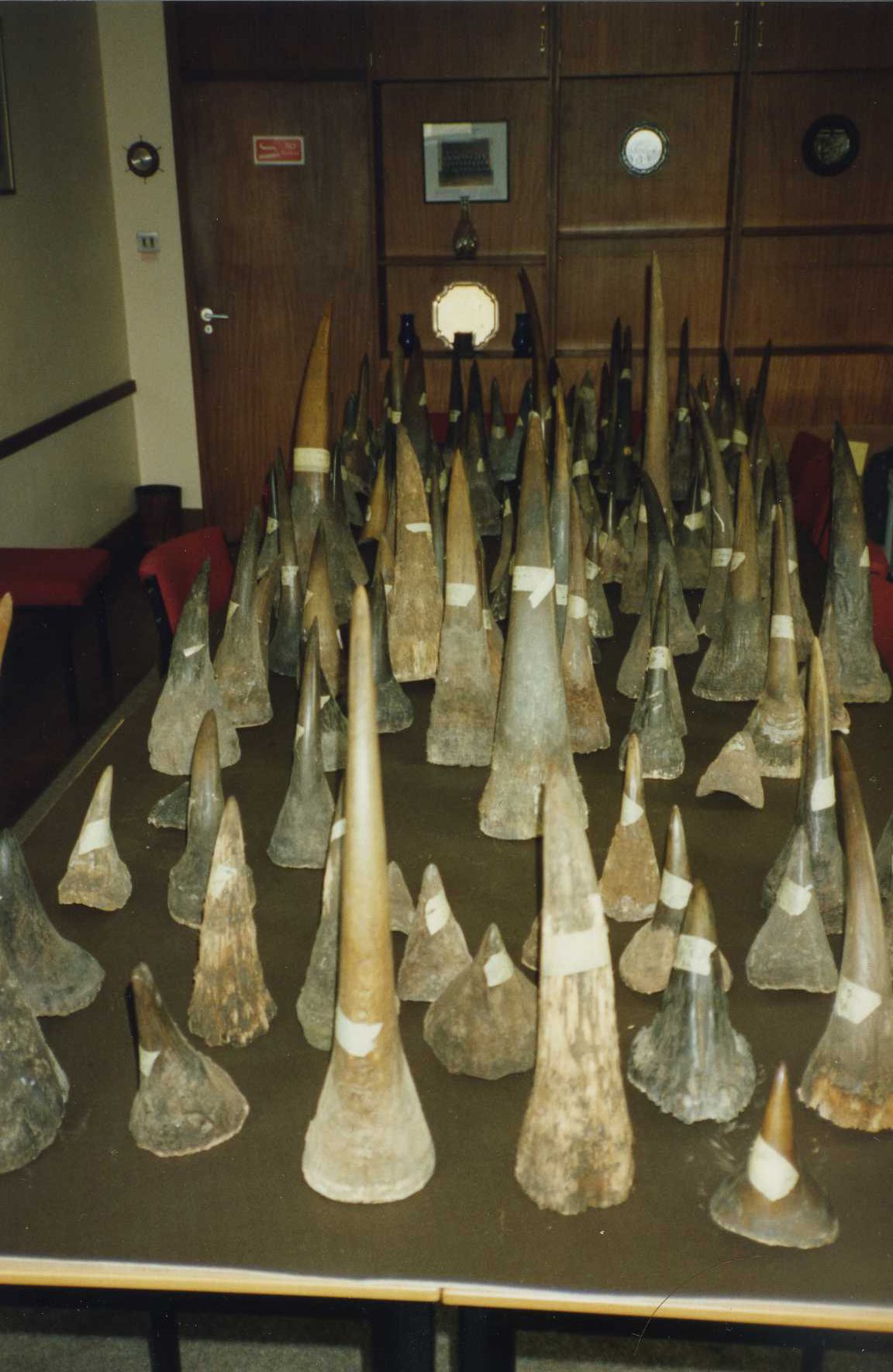
That’s why Africa is one of our main conservation priorities and why we’ve been supporting conservation efforts in Africa for three decades. Today we’re involved in conservation efforts across the continent from the rainforests of Nigeria and the Congo to the savannahs of Uganda, Kenya and Tanzania.
The wide variety of the skills and experiences of our staff have played a vital role in our conservation work across Africa. Including carrying out pioneering research and surveys of endangered wildlife, supporting protected areas and key habitats, engaging local communities in conservation and provide specialist vet advice for confiscated wildlife.
The past 12 months alone have seen our staff carry out surveys of chimpanzees in Nigeria, radio collaring Rothschild’s giraffe in northern Uganda to track their movements, developed pioneering education programmes to support black rhino and painted dog conservation in Tanzania and Kenya and help formulate action plans for okapi and critically endangered eastern gorillas in the Democratic Republic of Congo. Keep an eye on our blog for more updates from these projects.
We’ve been working in Gashaka Gumti National Park since 1994, carrying out vital research, monitoring and supporting the protection of the park and the species living within it. This year we started a project to carry out the first in-depth surveys of the Nigerian Cameroon chimpanzee (also known as Elliot’s). The aim is find out how many chimpanzees are left in the park, identify the threats to their survival and develop measure to ensure their protection in the long term. We’ll be working together with our national partners, the Nigerian Park Service, to do this.
Alongside this, in 2016 we’ve also started a new camera trap study on a number of secretive species; including the little known golden cat, Africa’s least known cat species. So far our study has managed to get pictures of several individual golden cats and is helping us understand the size of their territories and which habitats and prey they prefer.
This same study has also captured the first ever image and record of the very rare, and so far unstudied giant pangolin, one of the most threatened and trafficked animals in the world. Remarkably this incredible species was unknown in the country and park until this year! We have also constructed and plan to carry out more research on these elusive species in 2017 and beyond.
